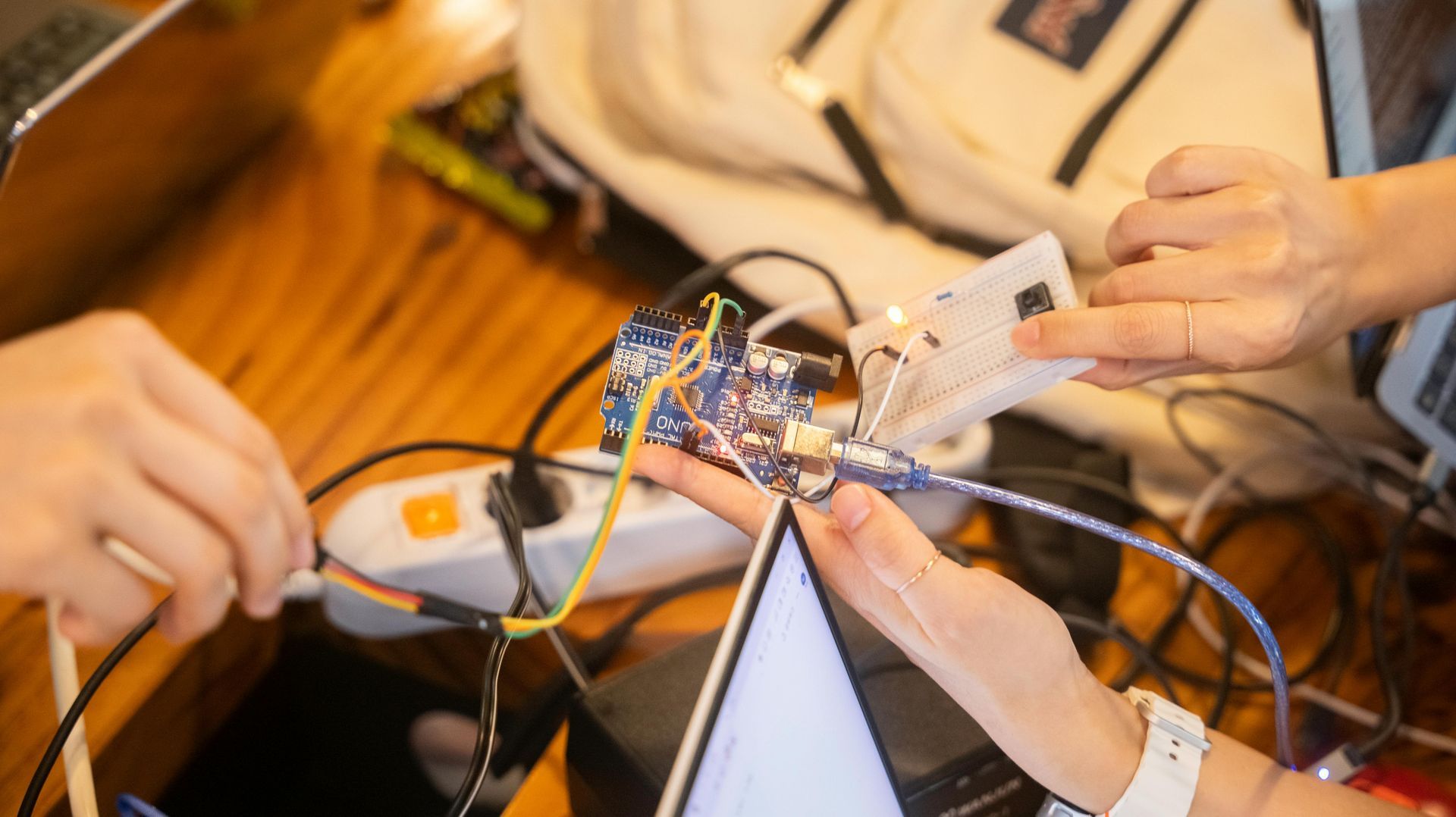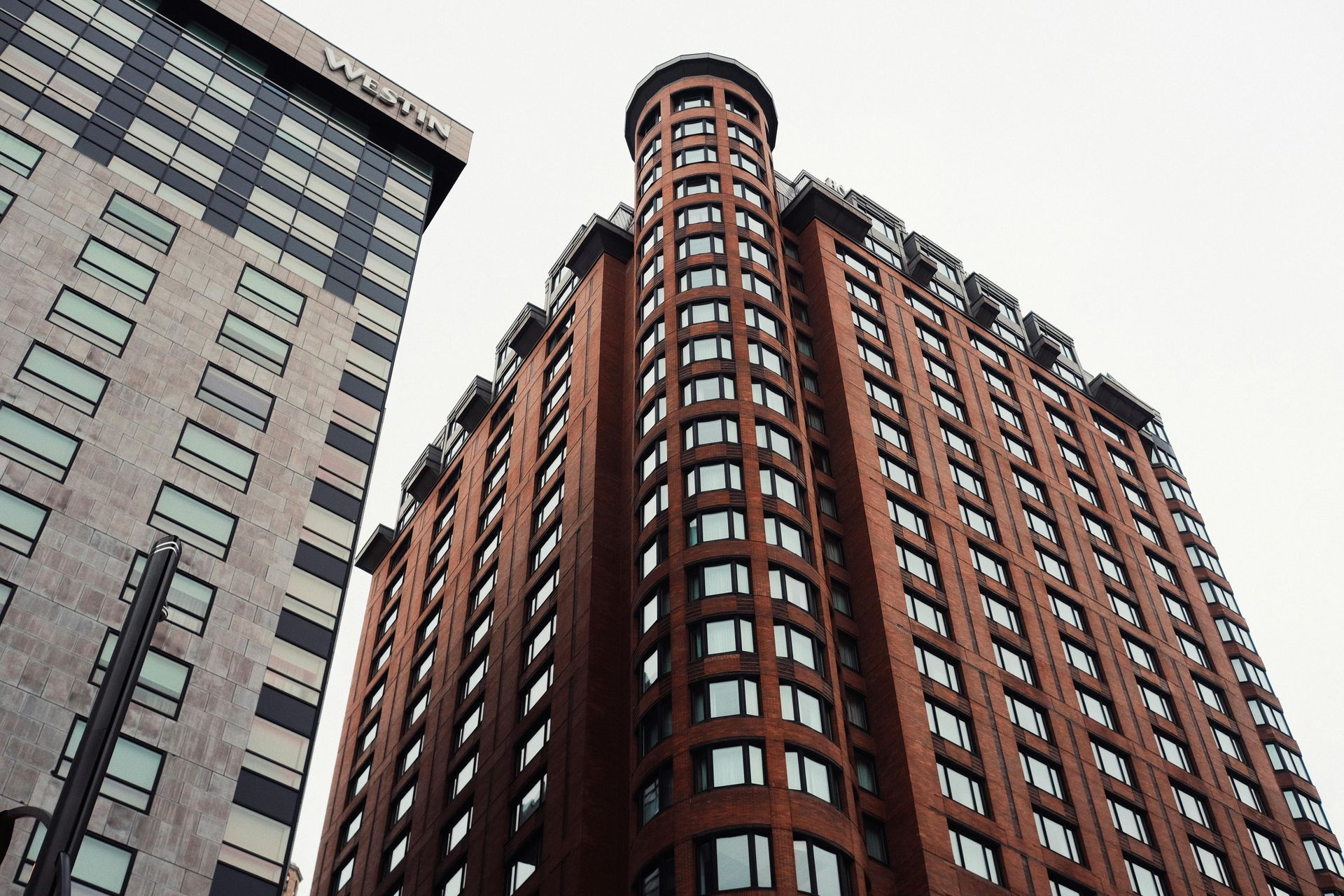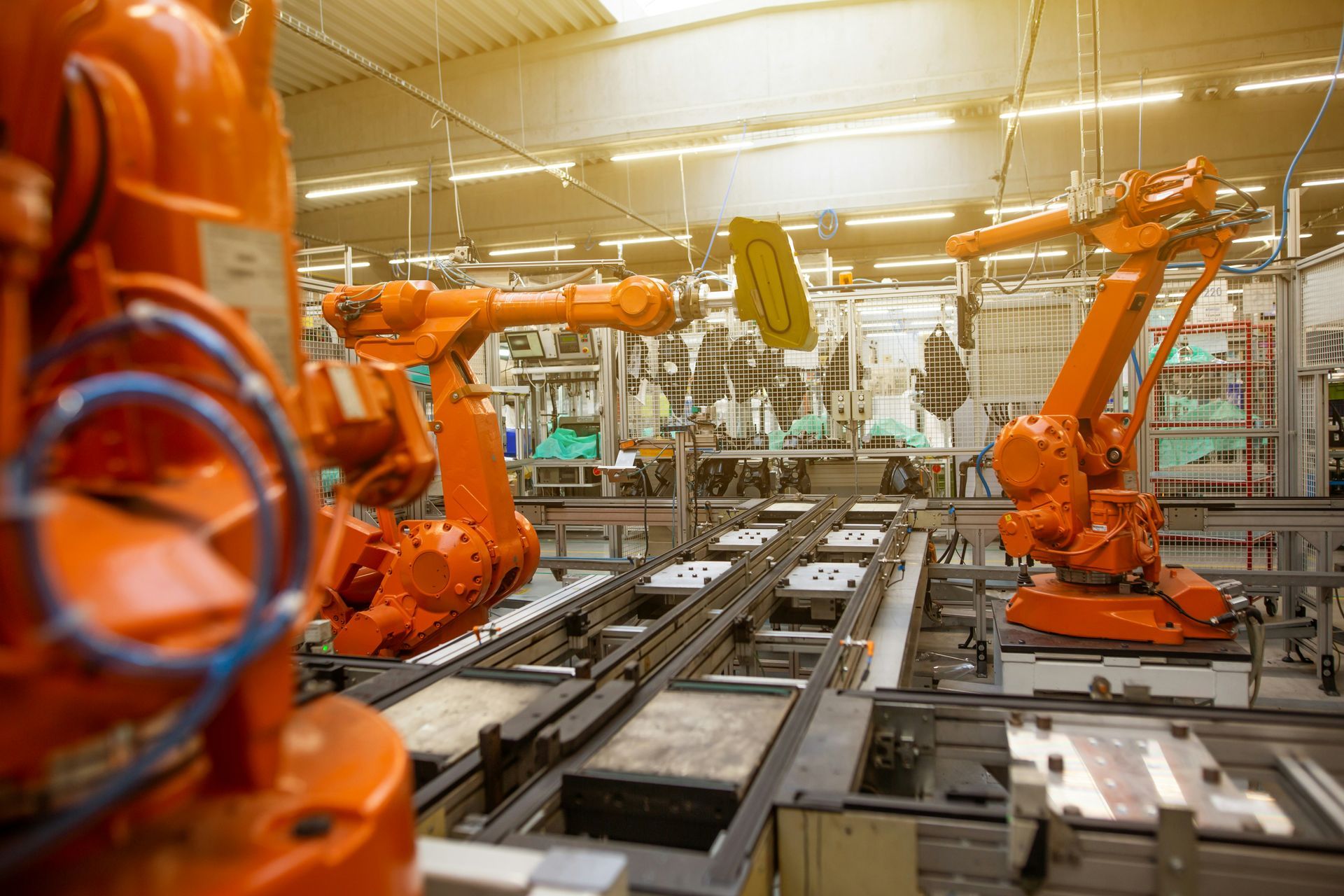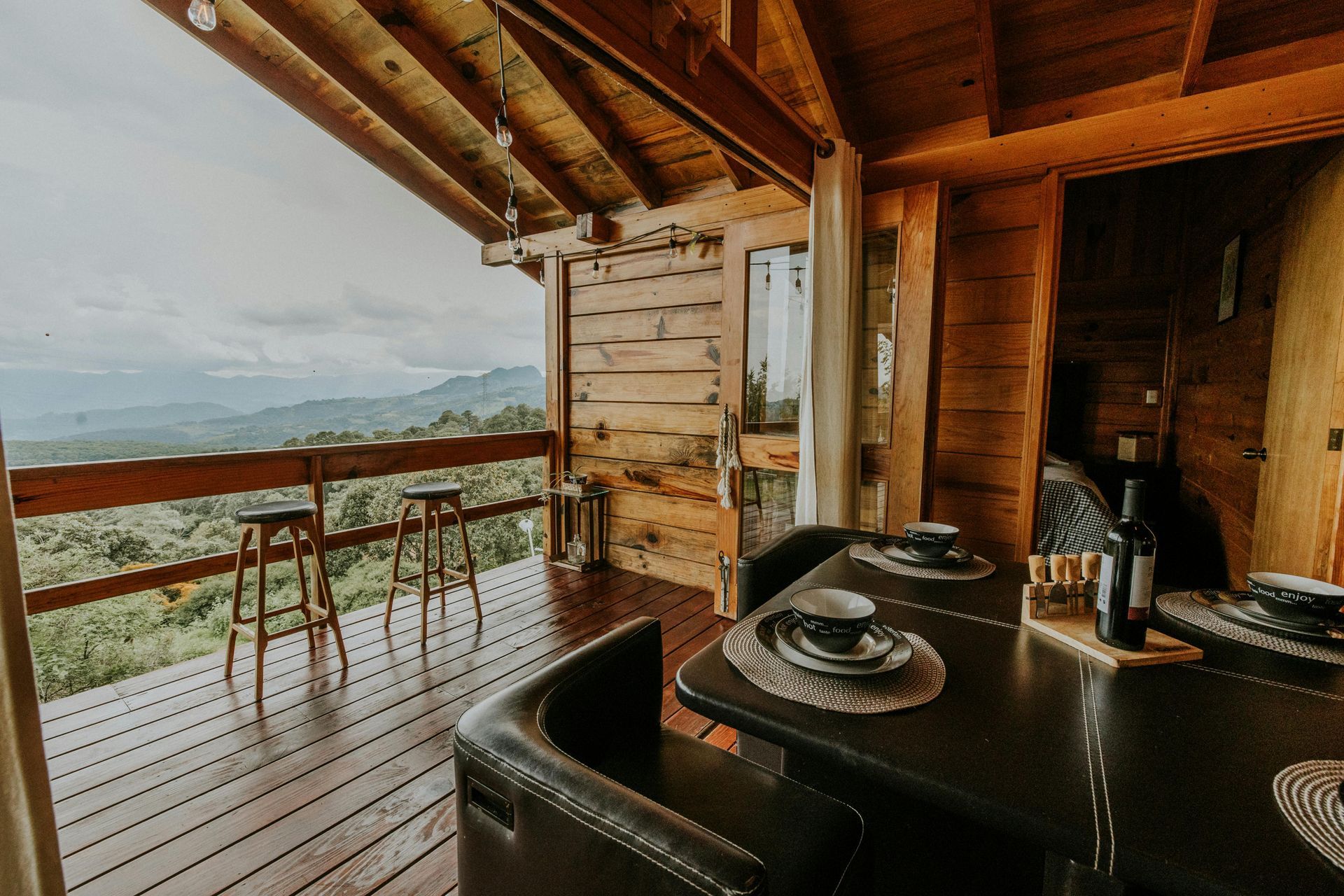Impact of the Inflation Reduction Act on §179D Deductions
Changes to the §179D Deduction by the Inflation Reduction Act
Background
The §179D tax deduction was created in 2005 to promote the construction or retrofit of energy-efficient buildings. While it was initially a “temporary” incentive to incentivize taxpayers, it has been extended several times and was made permanent by the Consolidated Appropriations Act. The deduction historically has been limited up to $1.80 per square foot if all criteria are met for an eligible project, which is based on the building envelope, HVAC systems, and lighting systems. These systems were referenced to set to different ASHRAE standards depending on when the building was placed into service (PIS). While the deduction has promoted more energy efficient construction in the past, the Inflation Reduction Act (IRA) displays that sustainability is still important for better building construction practices.
Recently the IRA has certainly made the deduction more lucrative for energy efficient buildings by increasing the deduction limits, increasing its accessibility and broadened the scale of eligible projects. Specifically, more renovation/rehabilitation projects will qualify under the new rules than in the past. While the amount of the incentive has changed, the number of requirements needed to meet the eligibility for the deduction have also dramatically changed.
Below, we will detail the changes and how to take advantage of the increased benefits by the deduction:
Changes made by the Inflation Reduction Act
Prevailing Wage and Apprenticeship Requirements:
One major change to the deduction is the incorporation of prevailing wage and apprenticeship hour requirements. The IRA stipulates that to qualify for the new $5.00 per square foot deduction, all laborers and mechanics involved in the construction or renovation of the facility must be paid wages that meet prevailing wage requirements. These wages must be at least equal to the rates set by the Department of Labor for the type of work performed in the facility's geographic area. There are some exceptions to these rules but is best to consult with an expert to be able to determine eligibility of a project.
As we have noted, the total deduction available and requirements for a taxpayer have changed dramatically depending on whether the prevailing wage requirements have been met. A breakdown of the deduction before and after the IRS is as follows:
Placed into Service Before January 1st, 2023
For projects placed into service before January 1st, 2023, the requirements and potential deduction limits are as follows
- Maximum Deduction: Up to $1.80 per square foot (plus inflation add-on)
- Partial Deductions:
- $0.60 per square foot for HVAC systems meeting 15% savings
- $0.60 per square foot for lighting systems meeting 25% savings
- $0.60 per square foot for building envelope systems meeting 10% savings
- Key Requirements:
- No prevailing wage and apprenticeship requirements
- Only government building owners can allocate deduction to designers
- ASHRAE Standards: For projects placed into service between December 31, 2014, and December 31, 2026, the reference standard is ASHRAE 90.1-2007
- The deduction is capped at $1.80 per square foot for the lifetime of the building
Placed into Service After January 1st, 2023
- Maximum Deduction: Up to $5.00 per square foot (plus inflation add-on)
- Prevailing Wage and Apprenticeship Requirements:
- Projects meeting prevailing wage and apprenticeship requirements can access the full deduction benefits
- If requirements are not met, lower deduction rates apply
- Partial Deductions When Prevailing Wage Requirements are Met:
- A 25% energy reduction against the ASHRAE standard qualifies for a $2.50 per square foot deduction
- An additional $0.10 per square foot is available for each 1% improvement beyond 25%, up to a maximum of $5.00 per square foot
- Partial Deductions When Prevailing Wage Requirements are Not Met:
- A 25% reduction against the ASHRAE standard qualifies for a $0.50 per square foot deduction
- An additional $0.02 per square foot is available for each 1% improvement beyond 25%, up to a maximum of $1.00 per square foot
- Key Requirements:
- All tax-exempt building owners (including non-profits) can now allocate the deduction to designers
- ASHRAE Standards:
- For projects placed into service from December 31, 2014, to December 31, 2026, the reference standard remains ASHRAE 90.1-2007
- For projects placed into service after December 31, 2026, the reference standard shifts to ASHRAE 90.1-2019
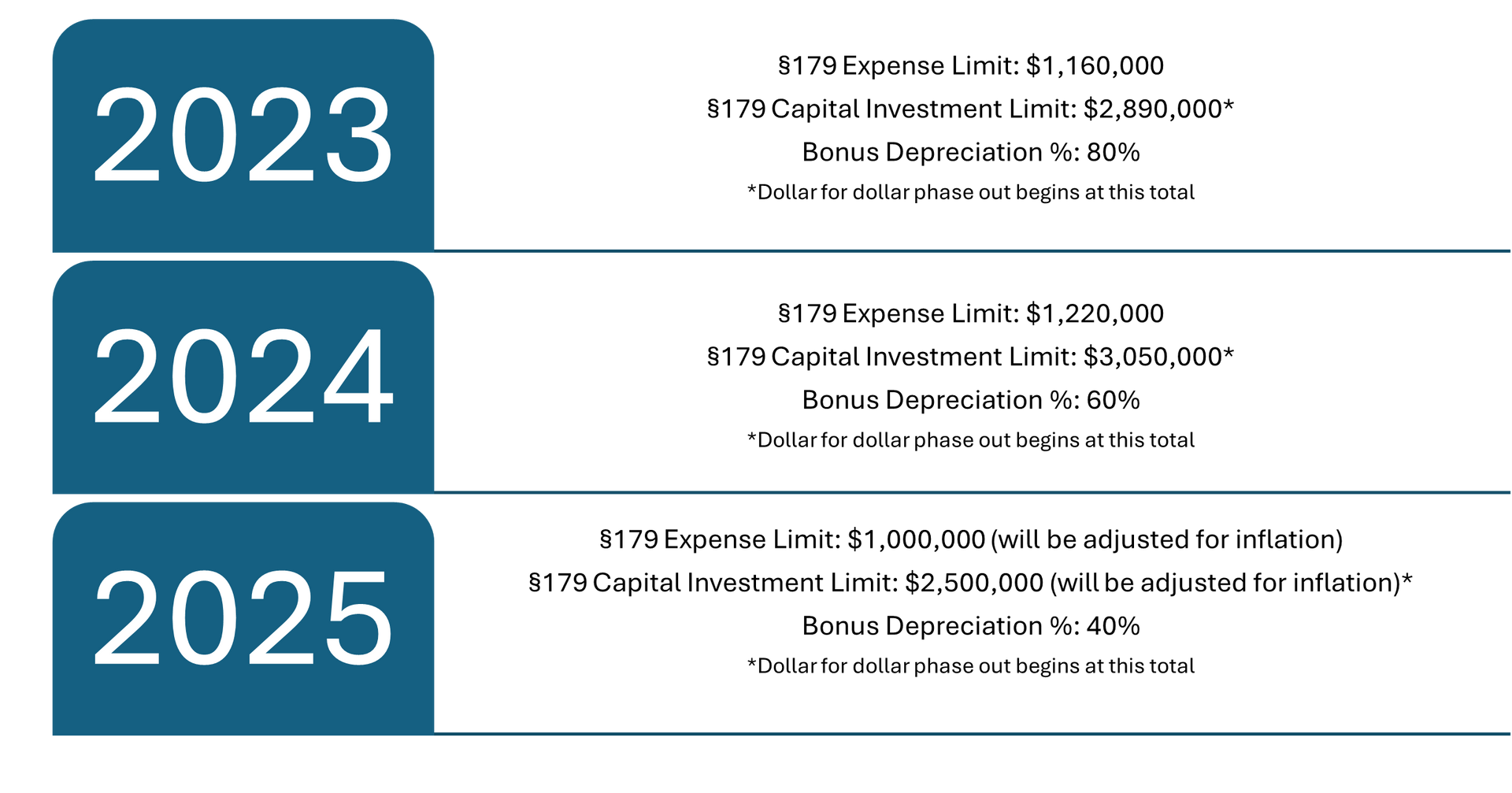
Implication of the Changes
The changes introduced by the IRA offer significant financial incentives for projects that meet new energy efficiency and wage standards. Building owners and developers can now potentially access much larger deductions, but the need for compliance with prevailing wage and apprenticeship requirements adds complexity to the process. For many, meeting these requirements will be worth the increased financial benefits, while others may need to evaluate whether they can fulfill the new obligations.
Conclusion
The IRA’s updates to the 179D deduction have broadened its reach and increased its financial potential, making energy efficiency investments even more appealing. However, understanding the specifics of the prevailing wage and apprenticeship requirements is crucial for maximizing benefits. As always, consulting with experts in tax, construction, and energy efficiency can ensure that projects meet the necessary standards and capitalize on the available incentives.
Next Steps
If you believe a 179D study could benefit your business, Align Tax Consulting is here to help. Contact our team to explore how this powerful strategy can help optimize your tax situation and boost your bottom line.
